Levers and gears: Forces: Physics: GCSE (9:1)
1/12
There's no tags or description
Looks like no tags are added yet.
Name | Mastery | Learn | Test | Matching | Spaced |
|---|
No study sessions yet.
13 Terms
Force multiplier
Something that is used to increase the effect of a force and is used to move large or heavy objects e.g. levers and gears
Lever
A simple machine consisting of a pivot, an effort and a load
Pivot
The point around which something can rotate or turn
Effort
The force used to move a load over a distance
Load
The overall force that is exerted by an object on a surface
First-class lever
When the pivot is in the middle with the effort and load on either side e.g. a see-saw
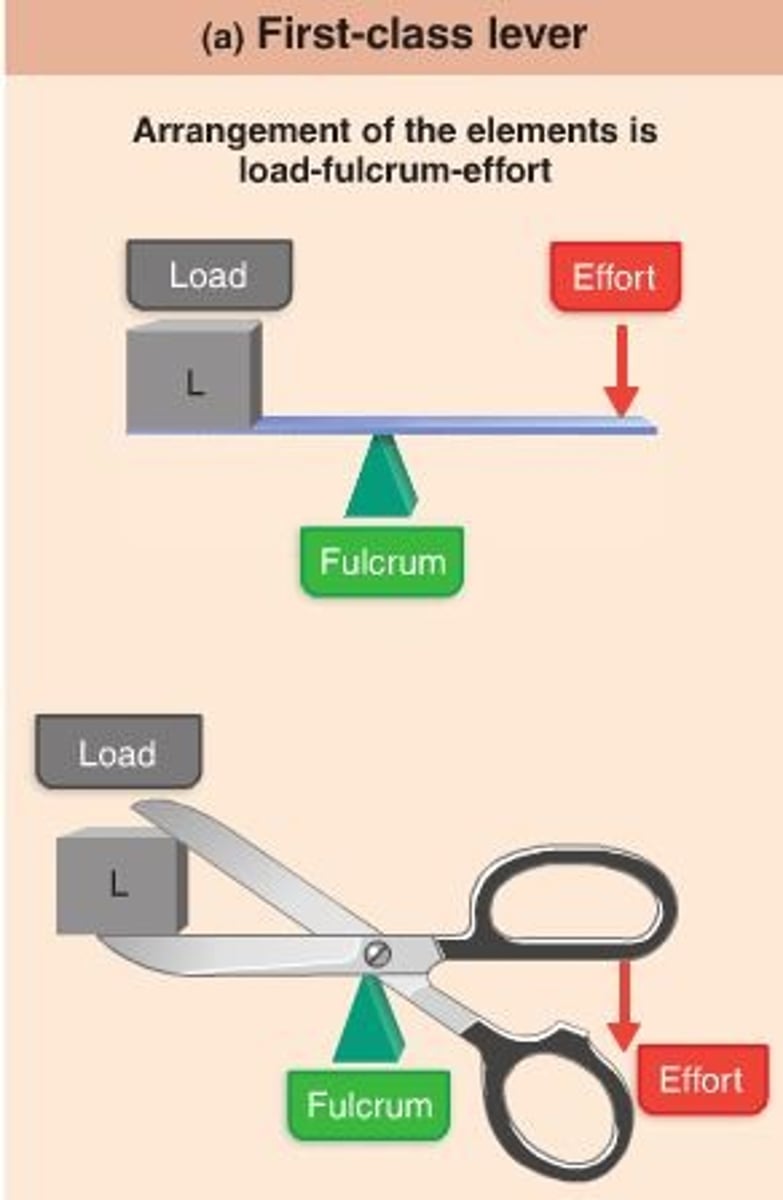
Second-class lever
When the load is in the middle with the pivot and effort on either side e.g. a wheelbarrow
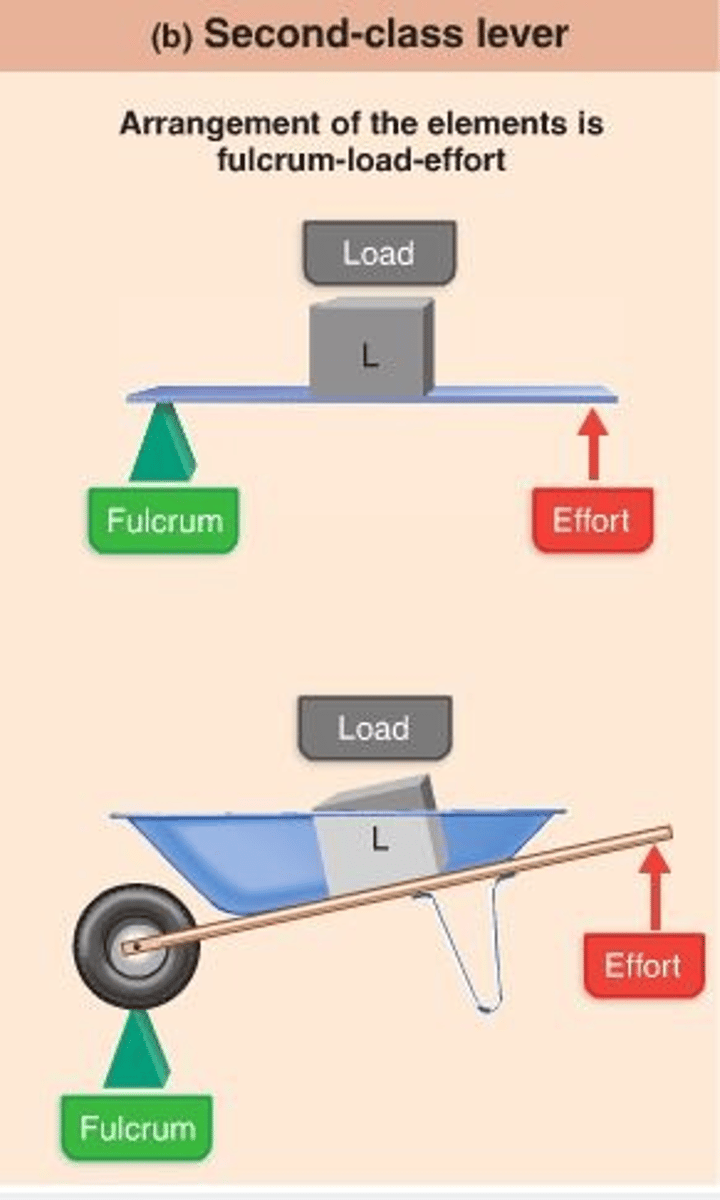
Third-class lever
When the effort is in the middle with the pivot and load on either side e.g. tweezers, cooking tongs

Gears
Wheels with toothed edges that rotate about an axle or shaft
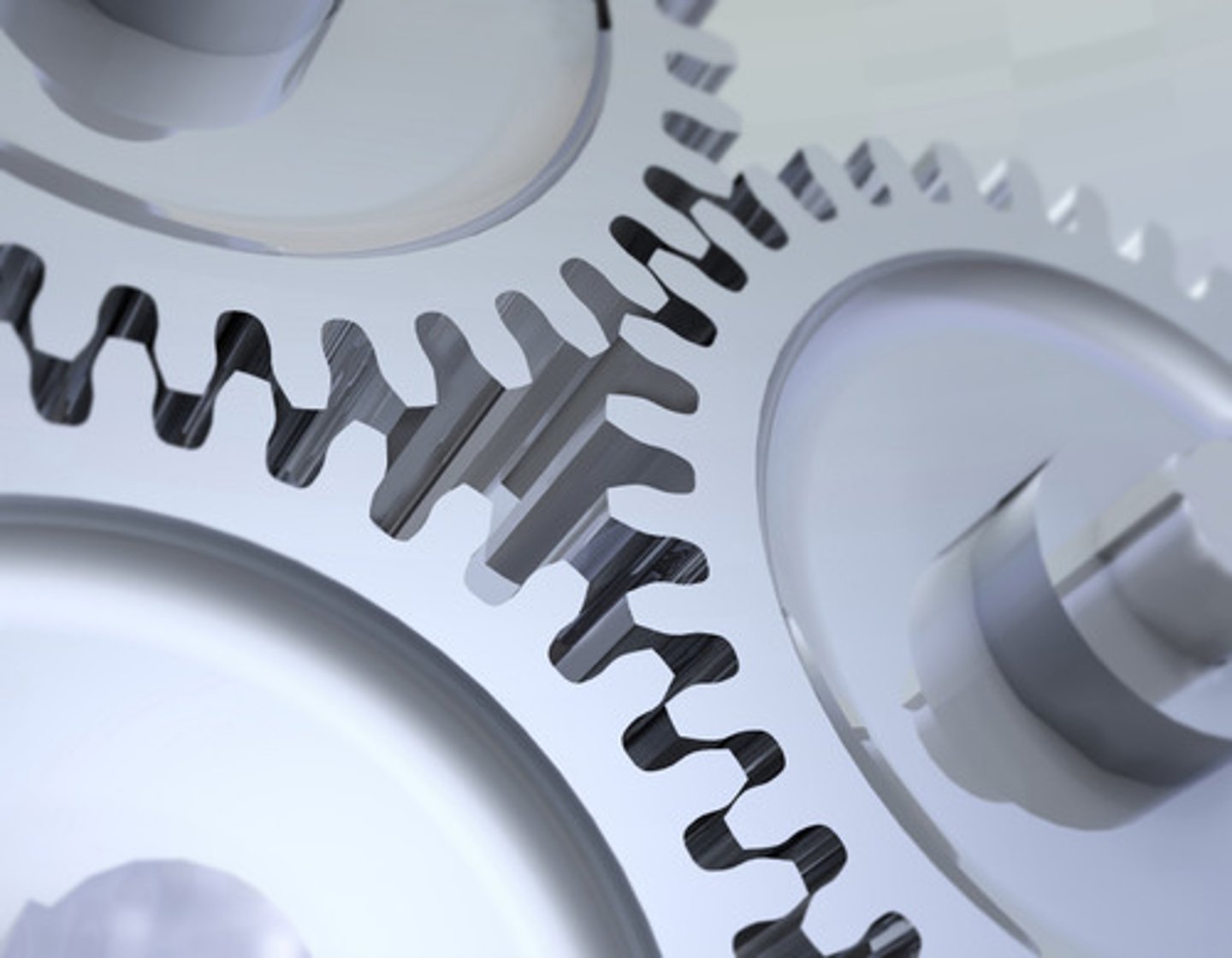
Teeth (of a gear)
The teeth of one gear fit into the teeth of another gear meaning one gear turns the other
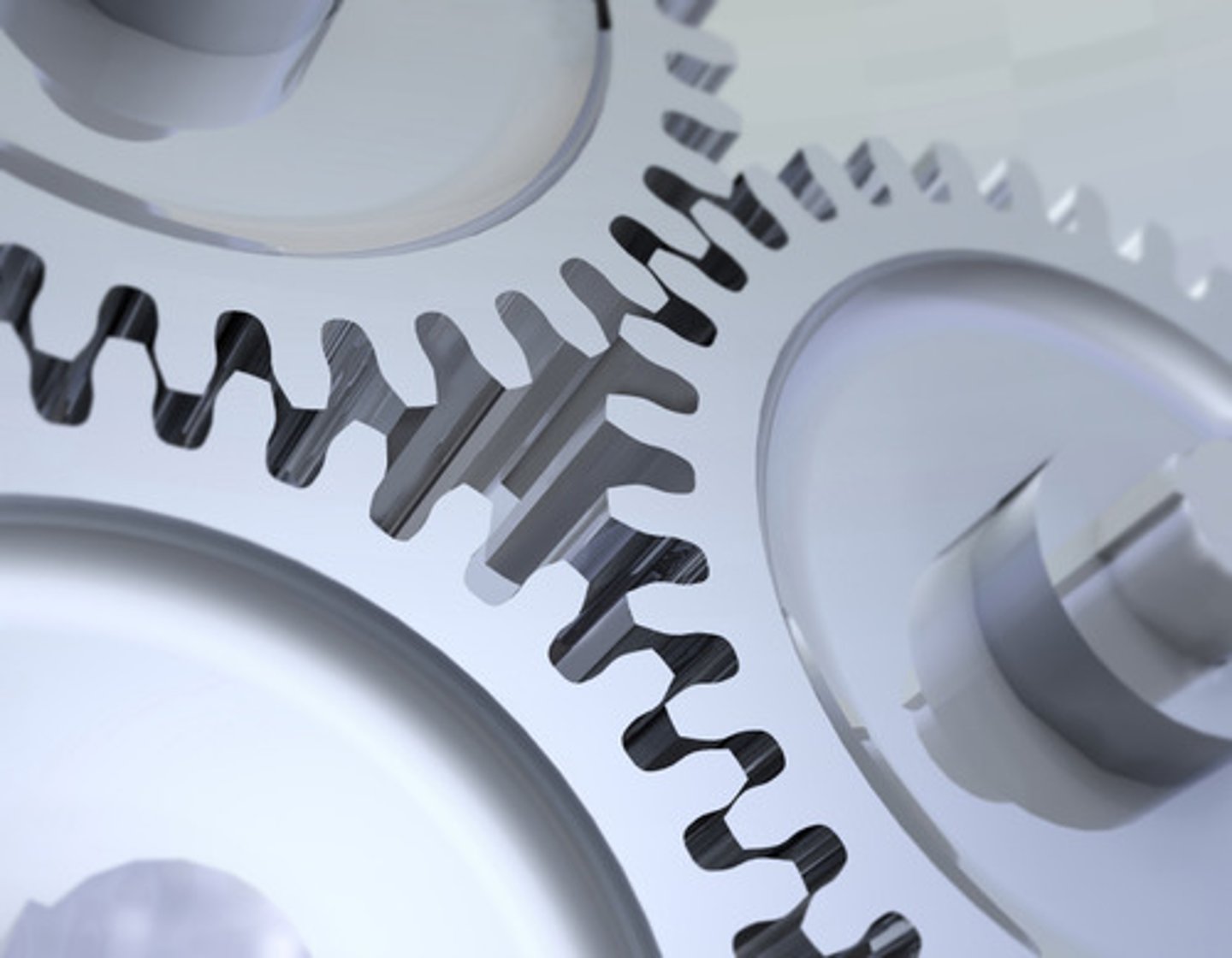
Direction of rotation of gears
Where the gears meet, the teeth must both move in the same direction which means that the gears rotate in opposite directions
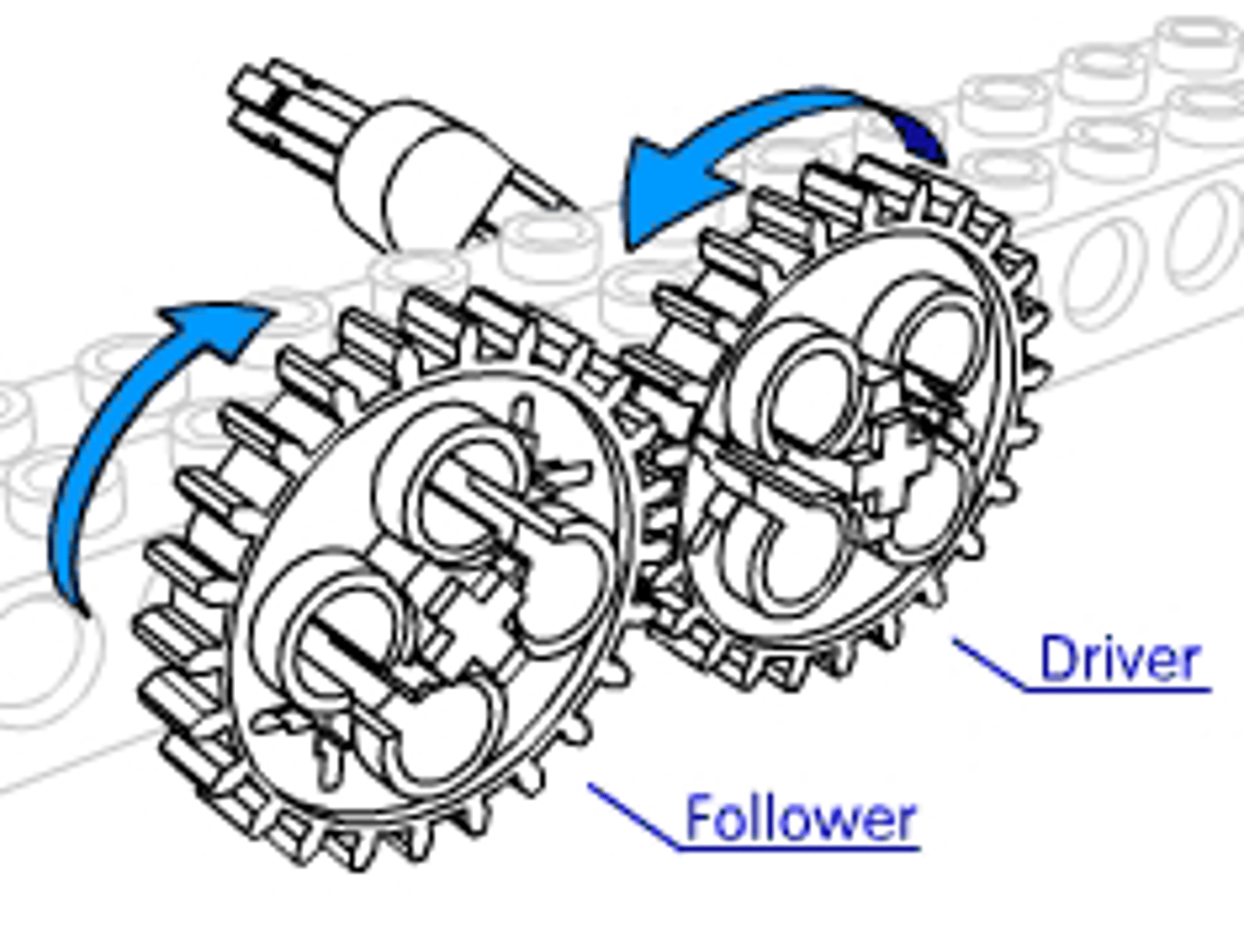
What happens when a large gear is driven by a smaller one
The large gear will rotate slowly but will have a greater moment than the smaller gear
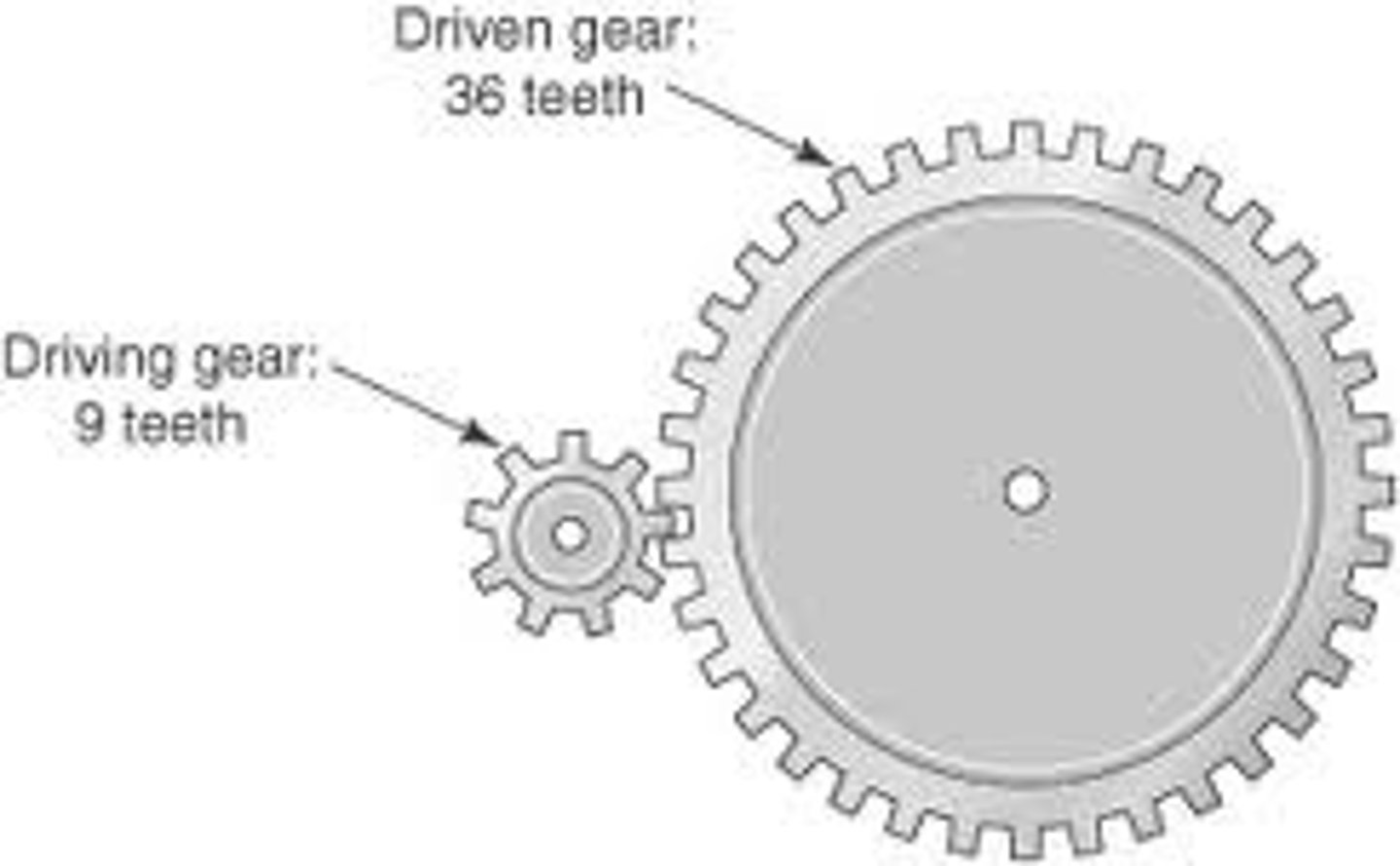
What happens when a small gear is driven by a larger one
The small gear will rotate quickly but will have a smaller moment than the larger gear